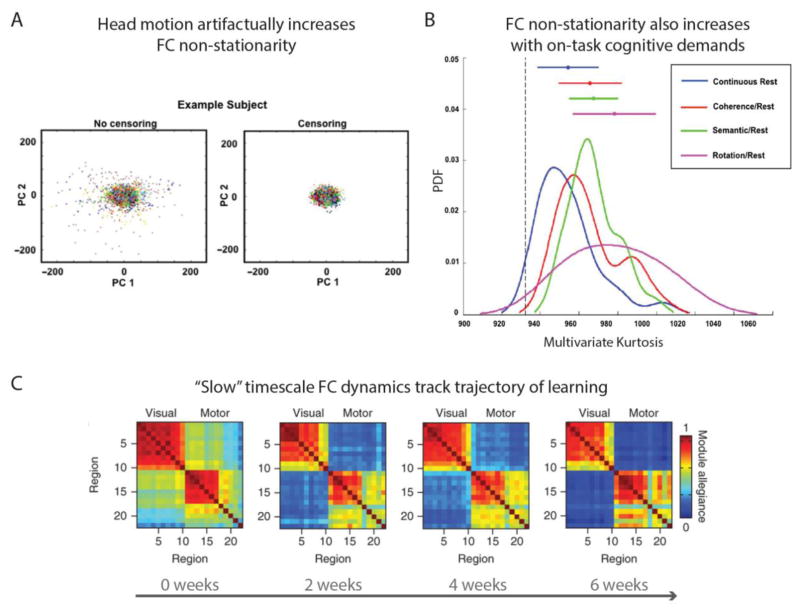Figure 5. FC dynamics emerge from both artifactual and cognitively relevant sources.
A) Plot of the artifactual increase in a multivariate kurtosis measure of FC non-stationarity with increased head motion. The left panel plots multivariate kurtosis for the first two principal components of functional networks estimated across 10 resting-state sessions, with each point denoting a single timeframe. The right panel removes timeframes with greater than 0.2 mm framewise displacement (a measure of head motion) which reduces the overall kurtosis. Adapted from Laumann et al (2016). B) Multivariate kurtosis also increases in task versus rest, highlighting the existence of cognitively relevant network dynamics. Note that censoring of motion with framewise displacement > 0.2 mm was performed prior to running these comparisons. Adapted from Laumann et al (2016). C) Changes in a graph theoretical measure of dynamic network modularity occurring over a “slow” timescale (multiple weeks) track the learning of a motor task. Specifically, modularity in content-specific visual and motor networks increased over the course of learning, whereas FC between these content networks and cognitive control networks was reduced (not depicted). This furthers demonstration in panel B that cognitively relevant network dynamics exist, by linking these dynamics to a clear mechanistic role in learning. Adapted from Bassett et al (2015).

